PUBLISH BOOKS FOR CHILDREN AND YOUNG ADULTS
-
Learn how the industry works,
-
Learn the creative and artistic skills of the trade
-
Learn how to market your work
-
Develop an understanding of the ethical issues and laws relating to the field.
Use this course as a step toward self publishing, furthering your opportunities working for publishers, or starting your own business. You will also have a chance to undertake a stimulating publishing project and implement the skills you have learned.
WHO MIGHT BENEFIT FROM THIS COURSE?
-
Aspiring Children's Writers, Editors or Publishers
-
Librarians, Teachers, Parents, Playleaders or anyone else who works with children
-
Anyone who works in the publishing industry (not with children), who is considering expanding their skills into the area of children's literature.
Start your authoring career with all the information you need to write and publish children's books, enrol now!
Lesson Structure
There are 10 lessons in this course:
-
The Publishing World (Writing for Children)
-
Children’s book genres
-
Self-publishing and the educational market
-
Developmental landmarks and their relationship to children’s publishing
-
Reading level assessments and their relationship to children’s publishing
-
Publishing Procedures and Techniques
-
Stages of traditional publishing
-
Steps to finalising a manuscript
-
Types of editing
-
Illustrations and working with external illustrators
-
Page design
-
Picture book design
-
Typography
-
Desktop Publishing (Print Versions of Children's Books)
-
Defining desktop publishing
-
Layout and design for different book types: board books, picture books, chapter books and novels
-
Use of colour
-
Test runs for printing
-
Creating a dummy version of an illustrated text
-
Desktop Publishing
-
Defining e-publishing
-
Apps vs eBooks
-
Layout of Illustrated eBooks or Text-based eBooks
-
Working with audiobooks
-
Audiobooks for children
-
Accessibility and eBooks
-
eBook file types
-
Illustration 1: Introduction to Graphics in Children's Fiction
-
The purpose of illustrations and graphics
-
Selecting a graphic or illustration design style
-
Types of books with graphics
-
Formatting textual elements
-
Working with a designer or illustrator: Preparing a brief and keeping the contract clear
-
Graphics and marketing
-
Illustration 2: Introduction to Photography in Children's Books
-
Working with photographs: Non-fiction, fiction and covers
-
What makes a good photo
-
Designing with photos
-
Principles of photographic composition
-
Creating effects
-
Researching Material for Children’s & Young Adult’s Books
-
Researching for fiction: world building and time period, and gathering resources
-
Types of non-fiction texts for children and young adults
-
How to plan research
-
How to note take effectively
-
Author notes
-
Marketing in Publishing (Children's Books)
-
Book distributors
-
Marketing toward retailers
-
Theme marketing and special sales
-
Website and author platforms
-
Marketing toward the consumer: Reviews and interviews, book launches and talks, lectures, and readings
-
Publishing: Ethics & The Law
-
Ethics and content creation
-
Sensitivity, cultural, and linguistic diversity
-
Content and ratings advisories
-
Plagiarism
-
Censorship and book banning
-
Copyright: Copyright notices, what does copyright protect and when a work can be legally used
-
Codes of ethics
-
Publishing Project (PBL)
-
Plan the publication of a children’s book
-
Answer set discussion questions
-
Present a final report
Aims
-
Outline the characteristics of children’s books and explain the relevance of traditional children’s publishing conventions for self-publishers.
-
Describe stages of the publishing process and indicate where self-publishing can be advantageous to authors.
-
Explain best practices for working with layout and design in print picture books. Discuss ways print layout can affect market potential for picture books. Explain differences in layout between picture books and other age-specific books.
-
Outline the additional elements involved in creating and publishing children’s eBooks.
-
Explain different uses of graphics and illustrations in children’s books. Discuss factors affecting illustration styles and choices. Explain how to write a brief for an illustrator or designer.
-
Explain how to use photographic images effectively when self-publishing children’s books.
-
Discuss ways to research material or information for children’s and young adult’s books.
-
Explain methods of marketing children’s and young adult’s books.
-
Determine ethical issues relevant to writing and publishing. Discuss issues specific to ethics in writing and publishing children’s books.
TAKE THE NEXT STEP AND ENROL NOW!
Gain a focussed and specific qualification looking at publishing for children.
This niche qualification is useful as professional development for anyone interested in writing for children.
You can enrol on the course now, but if you have any questions about the content of the course or studying with ACS, then please get in touch with us today - use our FREE COURSE COUNSELLING SERVICE to get in touch with our expert tutors. They will be pleased to help you!
